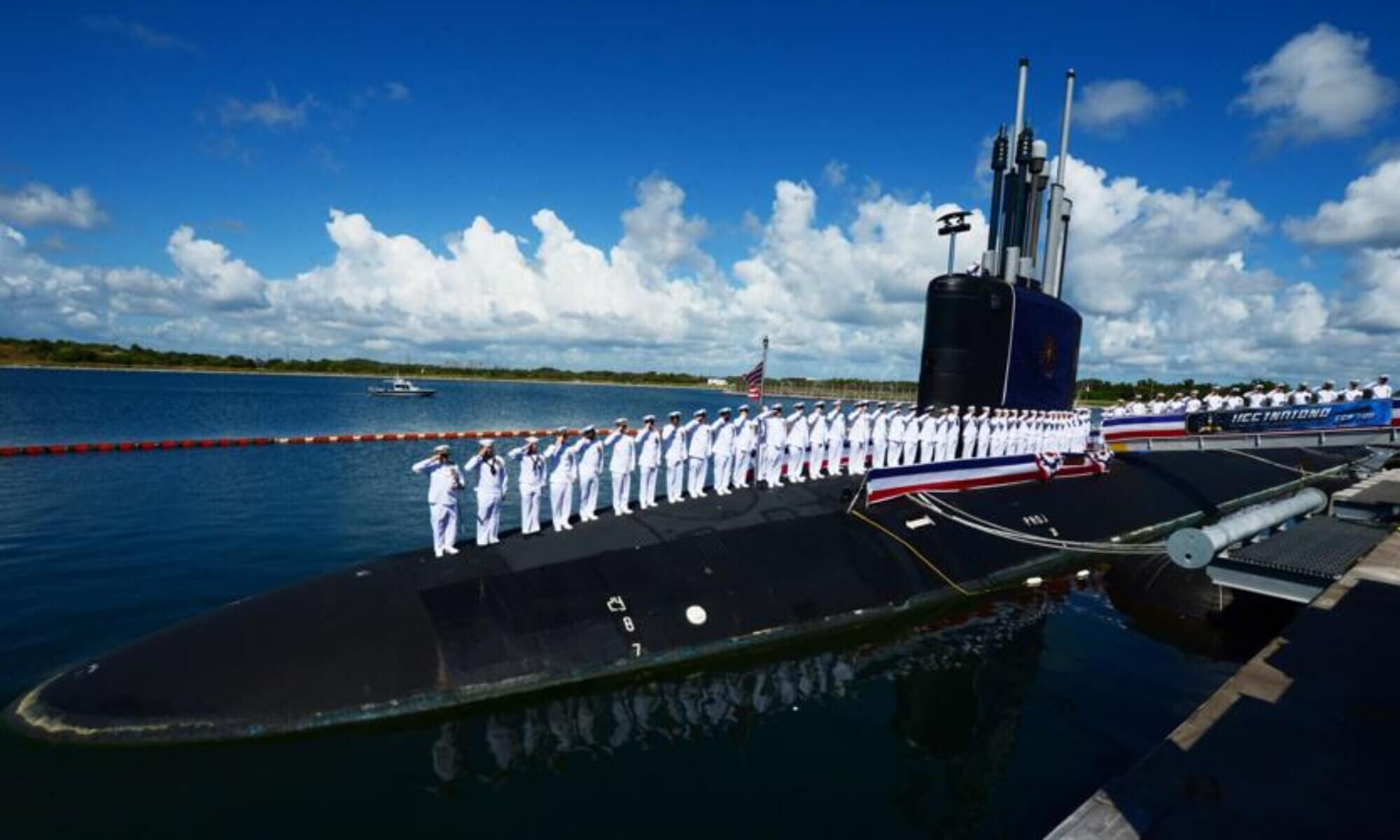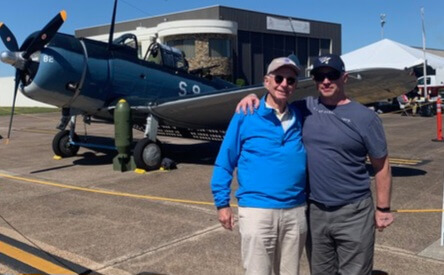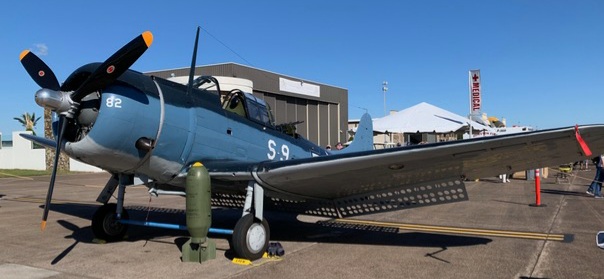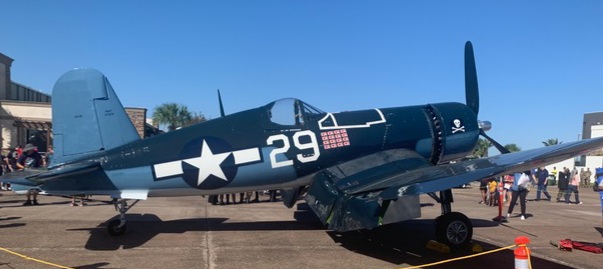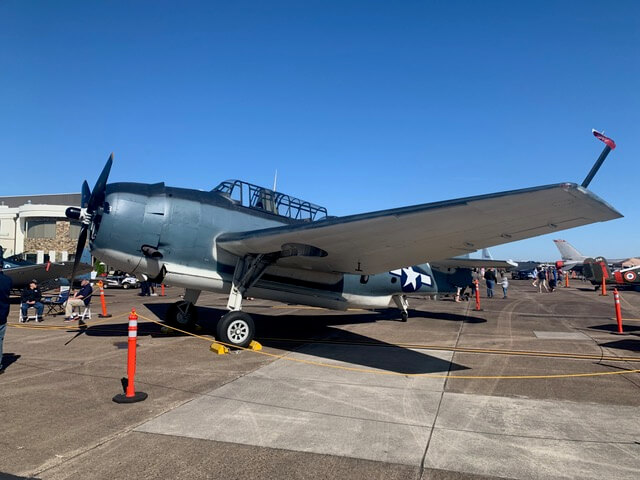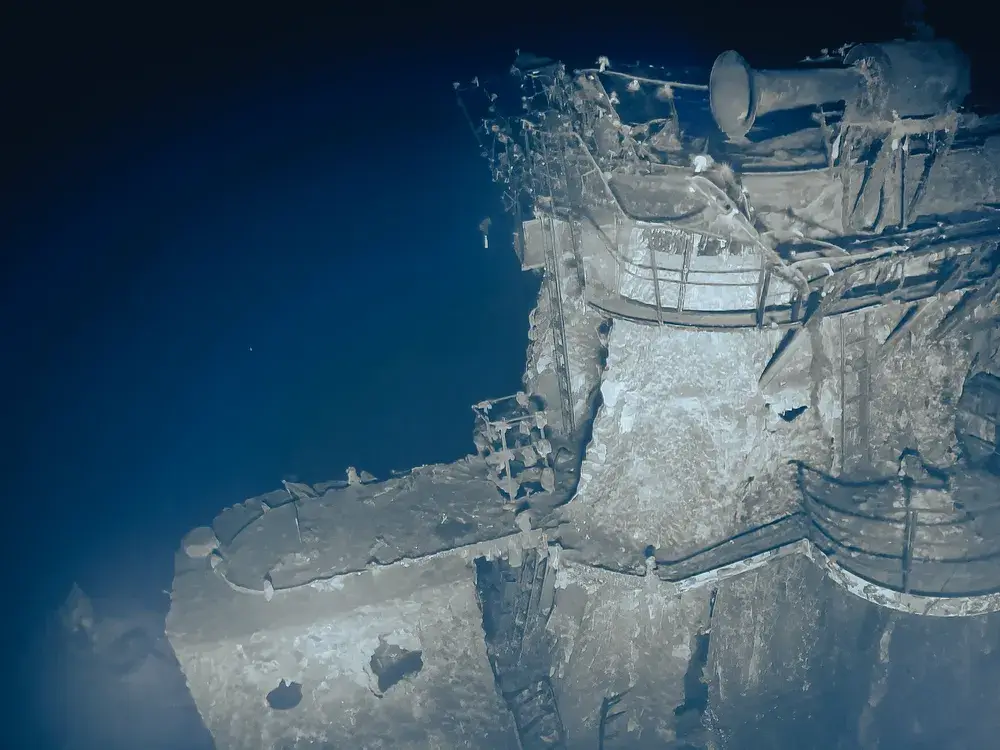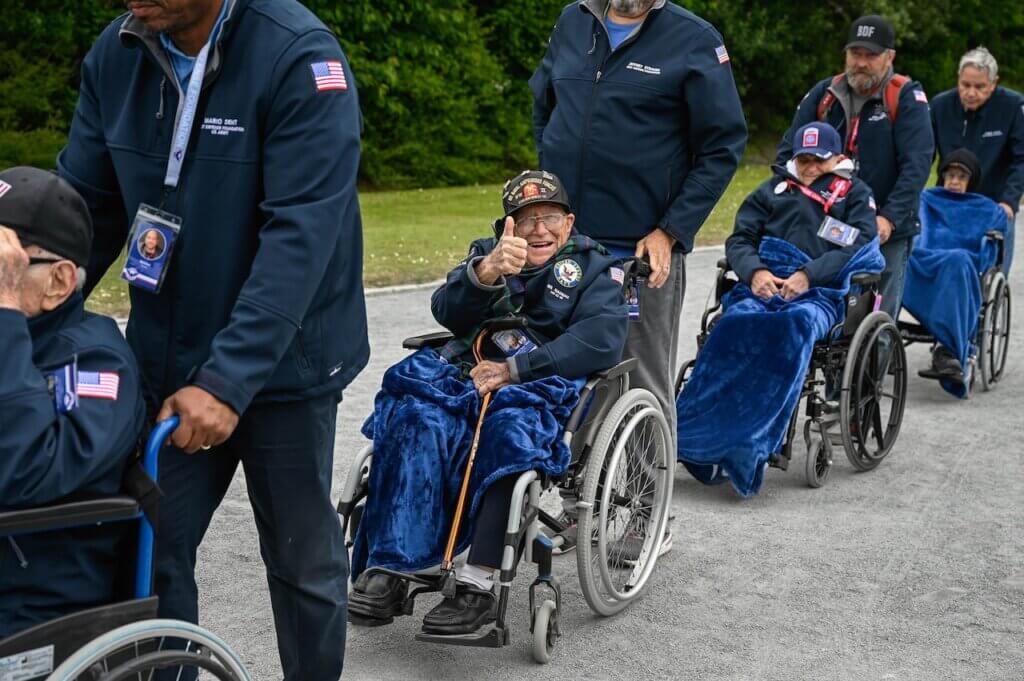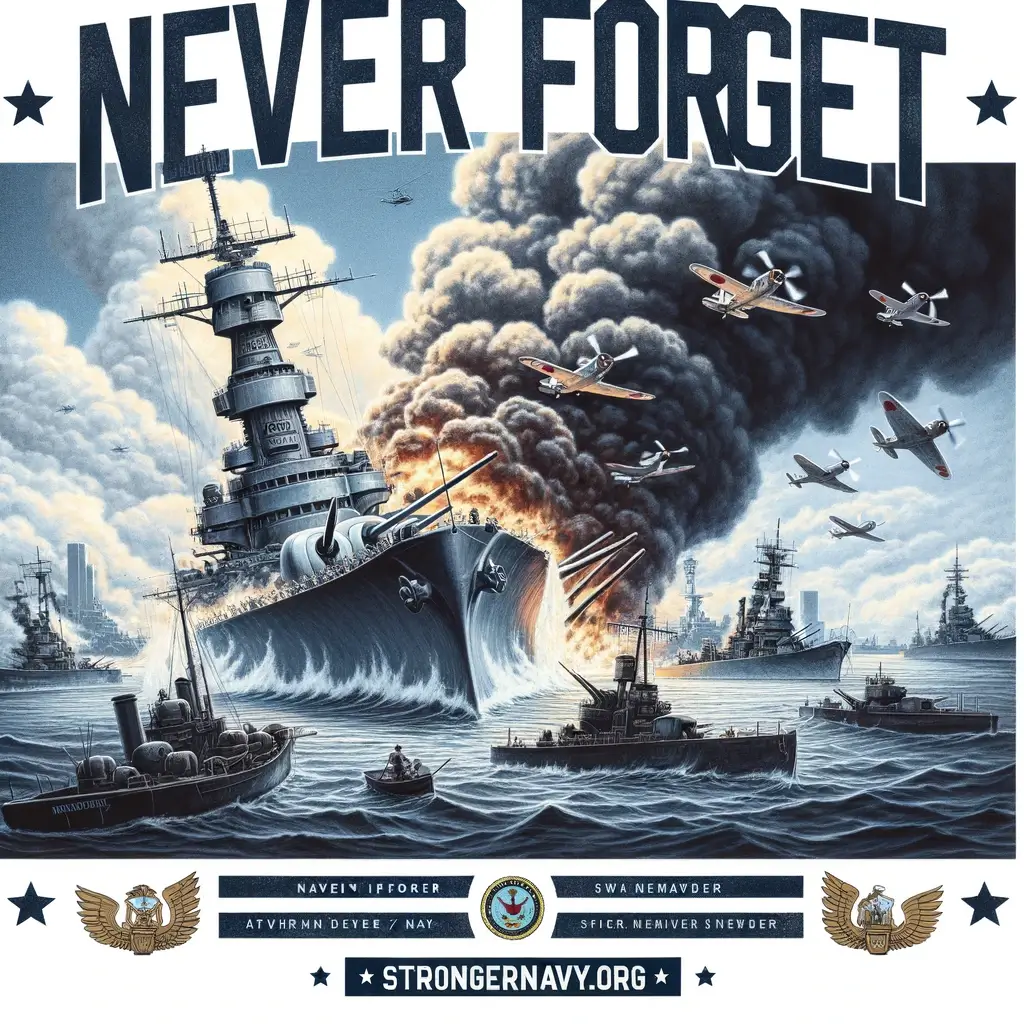
Today, on Pearl Harbor Day, we at Americans for a Stronger Navy pause to remember and honor the sacrifices made on December 7, 1941. This day, a pivotal moment in our nation’s history, reminds us of the bravery and resilience of those who faced unimaginable adversity. As we reflect on the events of that day, we reaffirm our commitment to remembering our past and learning from it.
The attack on Pearl Harbor shaped the course of World War II and transformed the future of naval power. It’s a stark reminder of the need for vigilance, preparedness, and the continuous evolution of naval strategy. As we pay tribute to the heroes of that day, their legacy inspires us to ensure such history does not repeat itself.
In this spirit, we are proud to introduce our educational series, ‘Charting the Course: Navigating the Future of American Naval Power.’ Hosted by me, Bill Cullifer, this series connects the enduring lessons of World War II to today’s naval challenges. Starting today, we embark on an eight-week journey exploring how the echoes of history inform our present and future naval strategies.
Through ‘Charting the Course,’ we aim to deepen our understanding of naval history and its impact on contemporary naval power. Join us as we discuss various topics from the evolution of shipbuilding to the role of AI in naval operations, all while keeping the lessons of Pearl Harbor and WWII at the forefront.
For more details on the series and to access our featured resource ‘Echoes of History: Steering the Future,’ visit StrongerNavy.org. Follow us on social media for updates and insights.
Let’s honor the past and responsibly steer our future. Together, we remember, we learn, and we grow stronger.
#PearlHarborDay #NeverForget #StrongerNavy #ChartingTheCourse
